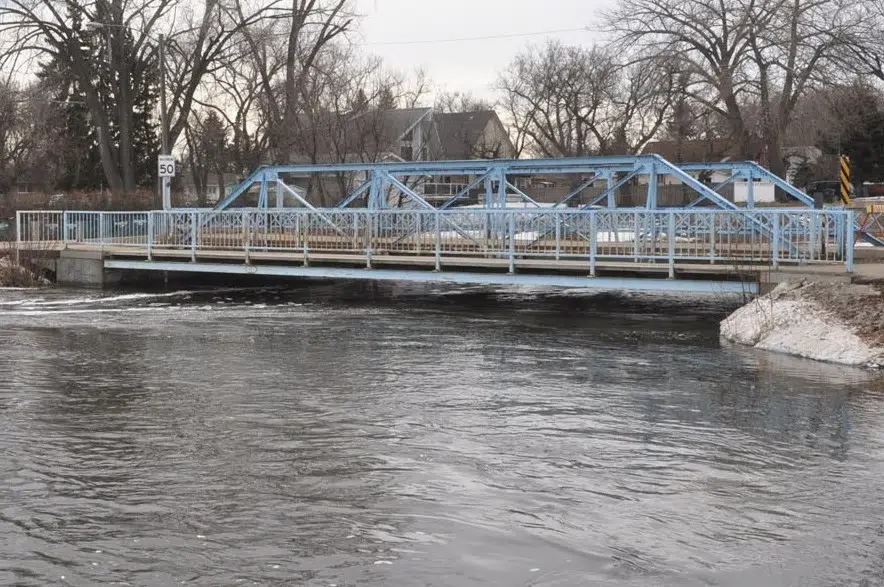A state of emergency declared on Tuesday in Swift Current by Mayor Al Bridal remains in effect as a “proactive” measure.
According to a statement from the city, as of late Thursday morning, water levels in the Swift Current Creek are still high, and the city is working closely with the Water Security Agency.
“The (Duncairn) Dam continues to receive high water inputs, with minimal output to date due to how much water the Swift Current Creek was already receiving from other run-off tributaries, such as the Wymark area. Now, the dam is nearing its peak capacity,” read the city’s statement.
According to the Water Security Agency’s Patrick Boyle, a surge of water is making its way through Swift Current, but some of the latest indications have been positive.
“The situation is stabilizing right now, so flows through the city have maintained about 75 to 100 cubic metres per second, and we have seen some flooding impacts, but not a significant amount. Local runoff going into Duncairn Dam is continuing to decline, so that’s also good sign,” he said.
Boyle noted the agency will continue to keep a close eye on the weather, as more rain is expected in southern Saskatchewan over the next couple of days.
“As temperatures start to warm up, we start to watch those localized events and how much potential moisture could be delivered while spring runoff is happening,” he added.
Other areas of the province
In some parts of Saskatchewan where there’s still a heavy ice cover with water flowing underneath, there could be problems with ice jams. The Qu’Appelle River system, which includes the Moose Jaw area, could potentially see some issues.
“We’re expecting some peaks there through the weekend — nothing really out of the ordinary there other than ice jamming. That’s a concern for us in that area because of how the river system twists and turns and how the topography is,” said Boyle.
Water flows in that river system are consistent with March and April averages at this point, he added.
Runoff hasn’t begun in northern Saskatchewan yet, and there haven’t yet been any reports of flooding or risk of floods.
“Southwest is always first, and the rest of the province after that. (There’s) more to come on that,” said Boyle.







